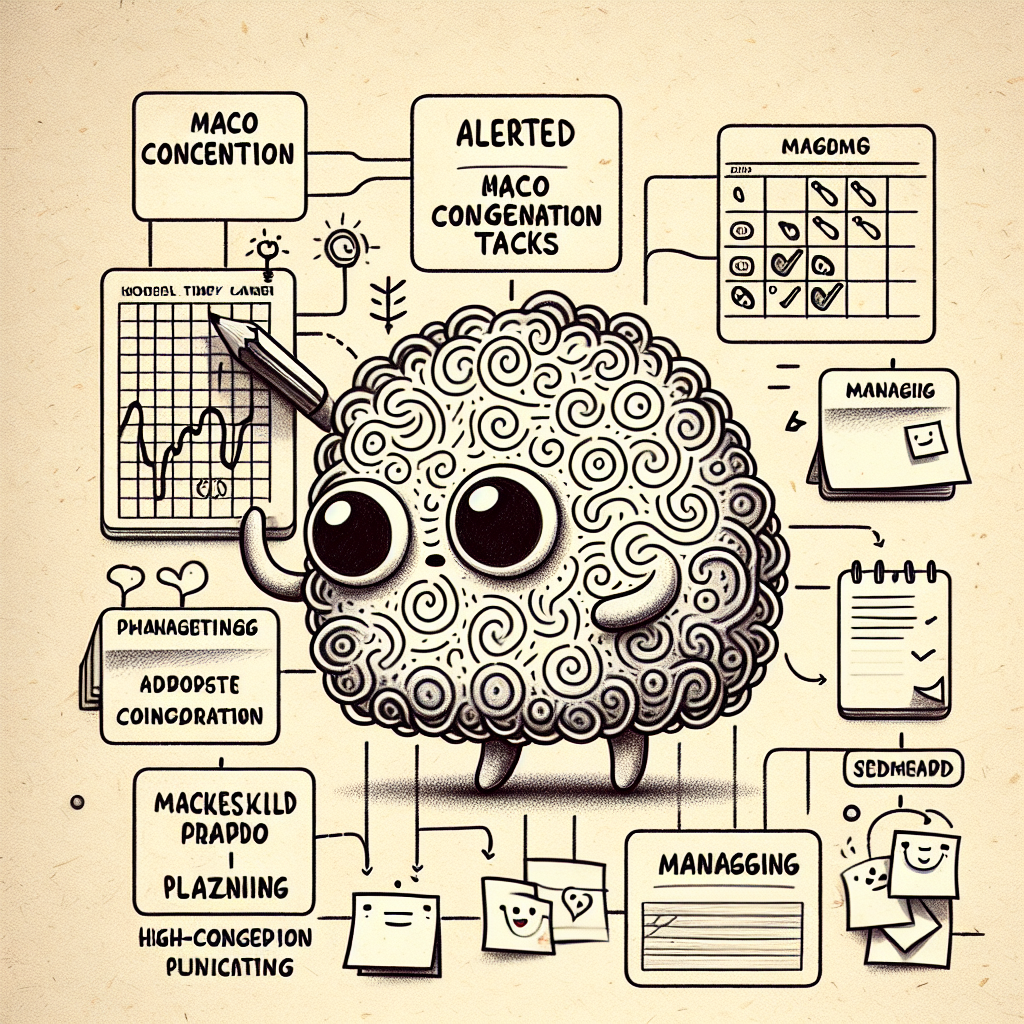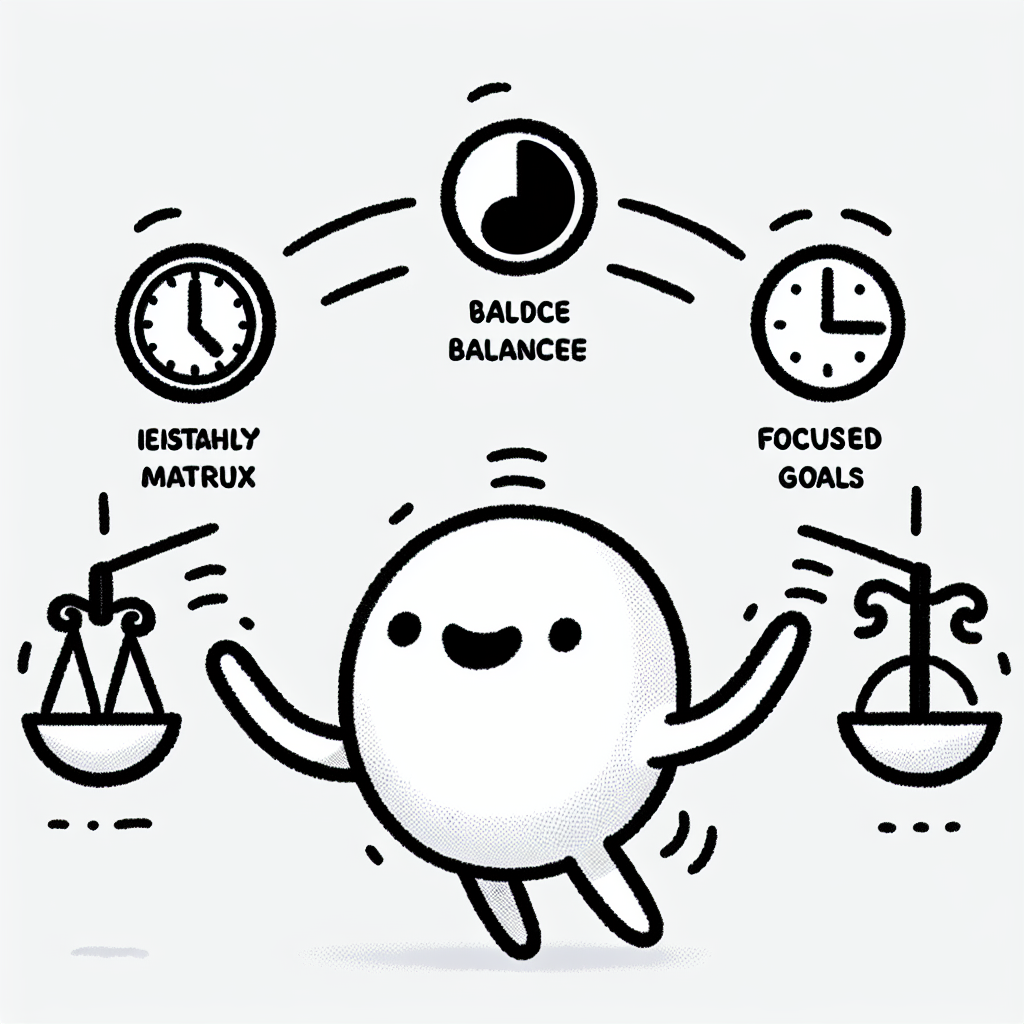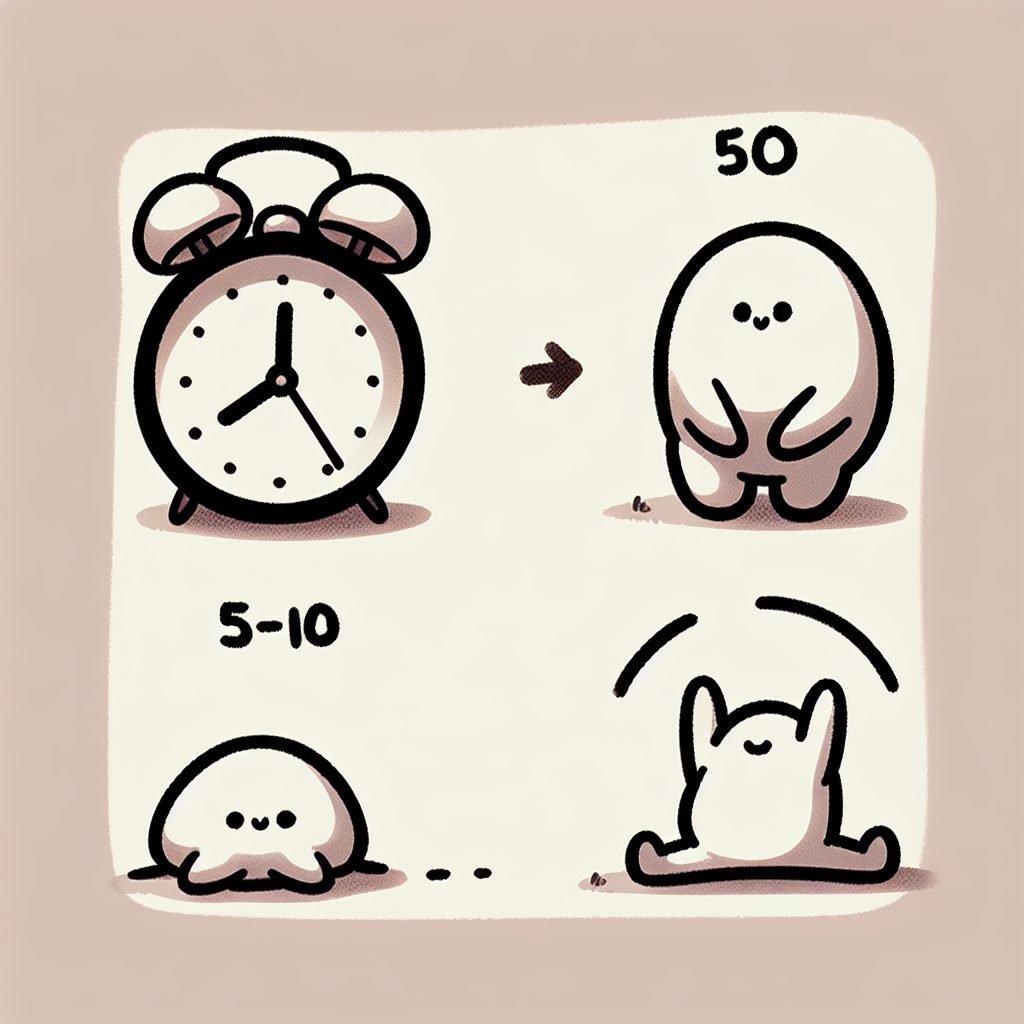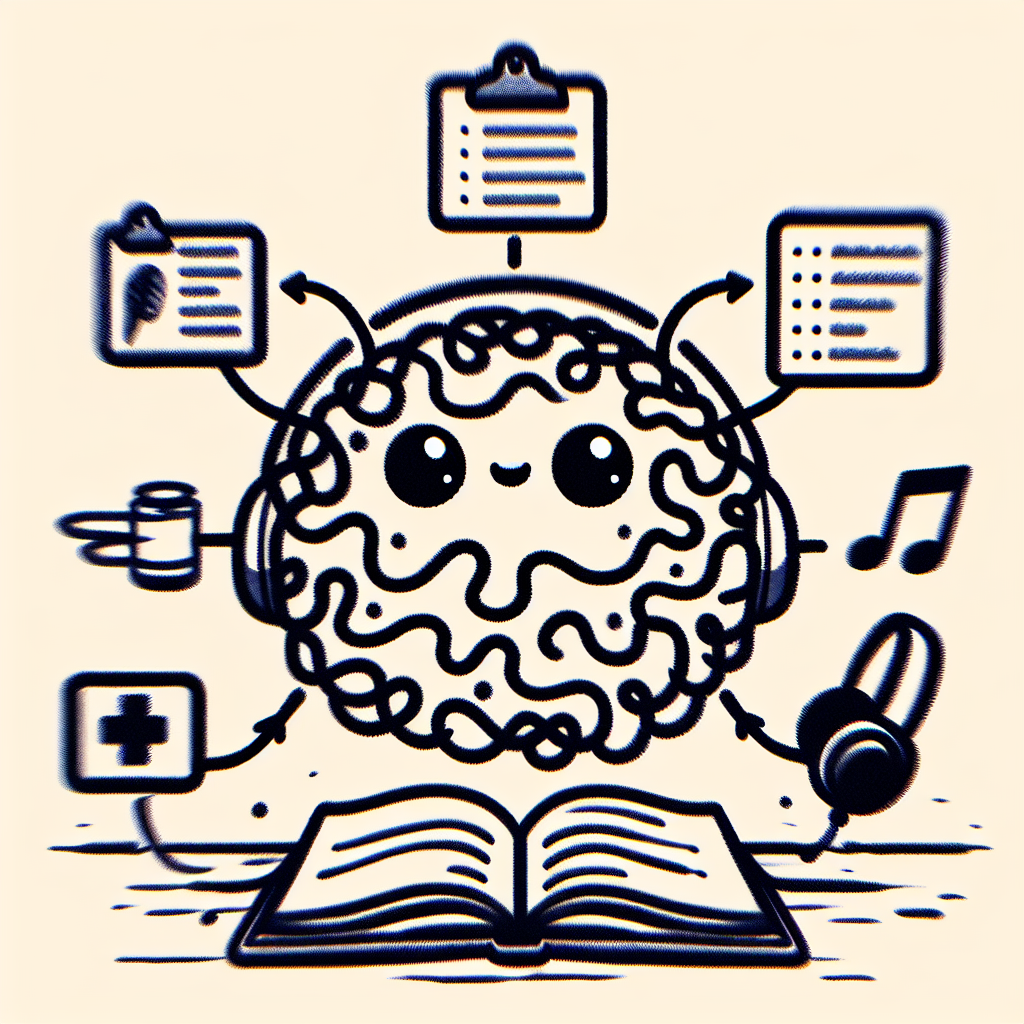Introduction
Today's students often juggle a demanding mix of academics, extracurricular activities, part-time jobs, and personal responsibilities. With so much to manage, time can quickly become a scarce resource. That’s why learning and applying time-saving tips for students is essential—not just for academic achievement, but also for maintaining mental well-being.
Effective time management isn’t just a skill to develop over time; it’s a necessity in the modern educational environment. Students who can prioritize tasks, streamline their schedules, and use their time efficiently are more likely to meet deadlines, retain information better, and reduce stress.
This guide presents a collection of expert strategies and research-backed methods tailored to help students save time and study smarter. By implementing these techniques, students can create more balanced routines and achieve better outcomes in both their academic and personal lives.

🧭 Build a Personalized Time Management System
Create a Custom Weekly Schedule
One of the most effective time-saving tips for students is to build a structured weekly schedule tailored to individual needs. Allocate specific time blocks for essential activities such as classes, studying, meals, exercise, and relaxation. Adding buffer time to your schedule helps manage unforeseen events and prevents the day from becoming overloaded. According to the University of Cincinnati, maintaining a weekly schedule reduces stress and helps avoid last-minute cramming.
Align Tasks with Your Energy Levels
Understanding your personal energy patterns is key to maximizing productivity. Identify the times of day when you are most alert and focused—whether that's early morning or late at night—and assign high-concentration tasks like studying or writing papers to those hours. The Harvard Summer School notes that aligning your schedule with your natural energy levels can significantly enhance efficiency, making it a powerful time-saving strategy for students.
Use Both Macro and Micro Planning
Effective time management for students involves both macro and micro planning. Use a monthly calendar to track major deadlines, exams, and projects. Complement this with daily and weekly planners to break down larger tasks into manageable steps. The University of Central Florida Online emphasizes that using both types of planning tools ensures timely completion of assignments and helps maintain a balanced workload.

🎯 Prioritize Like a Pro
Effective prioritization is one of the most impactful time-saving tips for students. With countless assignments, responsibilities, and distractions, knowing how to sort tasks by importance and urgency can significantly reduce wasted time and stress.
Apply the Eisenhower Matrix
The Eisenhower Matrix helps students quickly decide where to focus their energy. It divides tasks into four categories:
- Urgent and Important: Do these immediately (e.g., a paper due tomorrow).
- Not Urgent but Important: Schedule these (e.g., studying for an upcoming exam).
- Urgent but Not Important: Delegate if possible (e.g., replying to non-critical emails).
- Not Urgent and Not Important: Eliminate these (e.g., scrolling social media without purpose).
This method ensures you're not just busy, but productive.
Use the ABCDE Method
The ABCDE Method is another powerful tool for prioritization. Assign a letter to each task:
- A – Must do: serious consequences if not done.
- B – Should do: minor consequences.
- C – Nice to do: no consequences.
- D – Delegate: can be handled by someone else.
- E – Eliminate: not worth doing.
By labeling tasks, students can make more intentional decisions about where to invest their time.
Set SMART Goals
Setting SMART goals—Specific, Measurable, Achievable, Relevant, and Time-bound—helps students stay focused and motivated. For example, instead of saying "study for biology," a SMART goal would be "review chapters 3 and 4 for 45 minutes by 5 PM today."
According to Arizona State University Online, realistic goal-setting supports a healthier balance between schoolwork, self-care, and social life. This structured approach prevents overload and encourages steady progress.
Using these prioritization strategies can streamline daily planning and maximize productivity, making them essential time-saving tips for students.

🛠️ Use Tools to Stay Organized
One of the most effective time-saving tips for students is using tools to stay organized. Digital and traditional tools can help manage time, tasks, and academic responsibilities more efficiently.
Leverage Digital Tools
Apps like Google Calendar, Notion, Trello, and Todoist are excellent for planning and tracking assignments, classes, and personal goals. These platforms allow students to create task lists, set deadlines, and visualize their schedules. Setting recurring reminders and establishing due dates can help keep responsibilities on track without needing to remember everything manually.
Try Time-Tracking Apps
Understanding where time goes each day can reveal opportunities to be more efficient. Time-tracking apps like Toggl and Clockify allow students to monitor how long they spend on various activities. This insight can help adjust daily routines and eliminate time-wasting habits.
Use Traditional Tools if Preferred
Not all students prefer digital tools. For those who like analog systems, bullet journals, paper planners, and whiteboards are effective alternatives. These tools can still provide structure and visibility into daily and weekly plans, supporting better time management without relying on screens.
Integrating the right tools—whether digital or analog—can make a significant difference in staying organized and saving time throughout the academic year.

🚫 Avoid the Multitasking Trap
Multitasking may seem like a time-saving strategy, but it often has the opposite effect. Switching between tasks reduces productivity and increases cognitive load, making it harder to retain information and complete assignments efficiently.
Focus on One Task at a Time
Instead of juggling multiple tasks, concentrate on one subject or activity at a time. This approach enhances focus, helps minimize distractions, and allows for deeper engagement with the material. According to Johns Hopkins University, focusing on a single subject can improve concentration and reduce the tendency to procrastinate—key outcomes for any student looking to adopt effective time-saving tips.
Try the Pomodoro Technique
The Pomodoro Technique is a simple but effective time management method. Work for 25 minutes, followed by a 5-minute break. After four cycles, take a longer break. This structured approach helps maintain focus while preventing burnout, making it easier to stay productive without the need to multitask.

🧘 Take Strategic Breaks
Incorporating strategic breaks into your routine is one of the most effective time-saving tips for students. Short, well-timed breaks help refresh your mind, improve focus, and prevent burnout during long study sessions.
Incorporate Breaks into Your Schedule
Planning short breaks throughout your study schedule helps maintain productivity. A 5-10 minute pause every hour can re-energize your brain, making it easier to retain information and stay motivated.
Move Your Body
Physical activity during breaks keeps your energy levels up. Stretching, walking, or doing light exercises increases blood flow and reduces fatigue, helping you return to your tasks with renewed focus.
Practice the 20-20-20 Rule
To reduce eye strain from extended screen time, follow the 20-20-20 rule: every 20 minutes, look at something 20 feet away for 20 seconds. This simple habit protects your eyesight and improves your overall concentration—both key to effective studying.

Eliminate Distractions
One of the most effective time-saving tips for students is to eliminate distractions. Distractions can significantly reduce productivity and extend the time needed to complete tasks.
Identify Your Top Distractions
Start by identifying the distractions that most often interrupt your study time. For many students, these include social media, constant phone notifications, and noisy environments. Recognizing these common interruptions is the first step toward managing them.
Create a Distraction-Free Study Zone
Once you know what pulls your attention away, take steps to minimize their impact. Use digital tools like Forest or ColdTurkey to block access to social media and distracting websites during study sessions. These apps help you stay focused by limiting your ability to engage with time-wasting activities.
Additionally, create a physical environment that supports concentration. Noise-canceling headphones can block out background noise, while ambient noise apps can provide a consistent, non-distracting soundscape. Setting up a clean and organized study area also helps reduce visual clutter and mental fatigue.
By eliminating distractions, students can make better use of their study time and improve overall academic performance.

🔄 Review and Adjust Regularly
Conduct Weekly Reviews
One of the most effective time-saving tips for students is to conduct weekly reviews. Set aside 15–30 minutes at the end of each week to assess what worked and what didn’t. Reflect on which tasks were completed on time, where delays occurred, and how well your schedule aligned with your actual workload. Use this insight to reallocate time for the following week based on upcoming priorities, such as exams, project deadlines, or personal commitments.
Reflect on Productivity Trends
Over time, students can save hours by identifying patterns in their productivity. Reflect weekly on when your energy dips, when procrastination tends to strike, and which tasks trigger the most stress. If you notice consistent low productivity in the afternoon, for example, try scheduling lighter tasks during that period and reserve high-focus work for your peak energy hours. Recognizing these trends helps in tweaking your schedule for improved efficiency and long-term time savings.

💡 Bonus Tips for Maximum Time Efficiency
Batch Similar Tasks
One of the simplest time-saving tips for students is to group similar tasks together. This reduces the mental cost of switching between different types of activities. For example, allocate a specific block of time to respond to emails, read course materials, or complete administrative tasks. By batching these similar tasks, students can maintain focus and complete them more efficiently.
Use Dead Time Wisely
Students often have short periods of unproductive time during their day, such as while commuting or waiting in line. These moments can be turned into productive study sessions. Listening to audiobooks, podcasts related to coursework, or reviewing flashcards are effective ways to make use of dead time. This strategy helps integrate learning into everyday life without requiring additional dedicated time.
Outsource or Delegate When Possible
Collaboration is a powerful time-saving strategy. Students can form study groups to divide and conquer reading assignments or share class notes. This not only reduces individual workload but also reinforces learning through discussion. Delegating tasks within group projects or study sessions ensures that everyone contributes efficiently and benefits from shared resources.

Conclusion
Time-saving isn’t about cramming more into an already packed schedule—it’s about focusing on what truly matters and doing it more efficiently. With the right approach, students can make deliberate choices that improve both their academic results and their overall well-being.
By creating a personalized system that fits their learning style and daily routine, students can manage their workload more effectively. Prioritizing tasks ensures that the most important goals are addressed first, reducing stress and last-minute cramming. Using strategic tools—like digital planners, productivity apps, and time-blocking methods—can further streamline efforts.
Implementing even a few of these time-saving tips for students can lead to noticeable improvements in productivity, allowing them to achieve success without sacrificing balance.

📝 References
- Harvard Summer School provides practical time-saving tips for students, such as setting priorities and using a calendar effectively.
- Arizona State University Online outlines essential time management skills that help students stay organized and reduce procrastination.
- University of Cincinnati offers guidance on how students can balance academic and personal responsibilities with effective scheduling.
- Johns Hopkins University shares time-saving tips for students aimed at improving focus, setting goals, and minimizing distractions.
- University of Central Florida Online emphasizes personalized routines and digital tools to help online learners manage their time efficiently.














